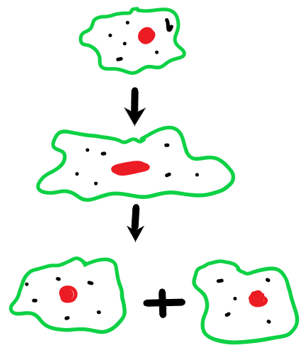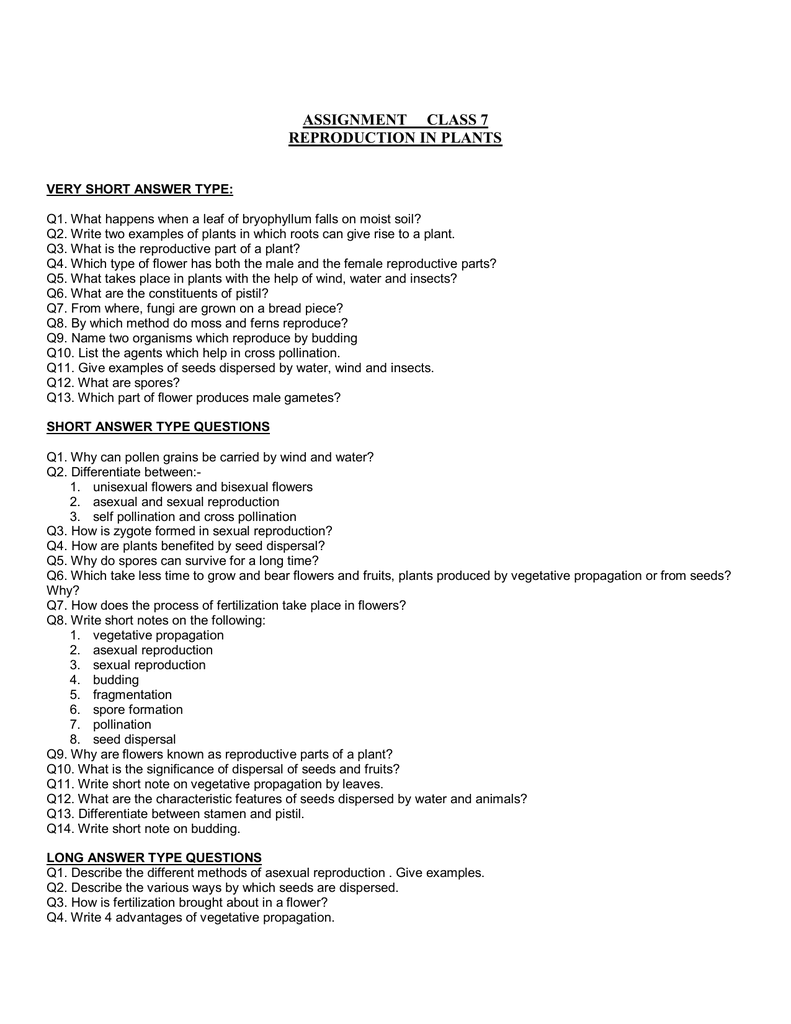Reproduction is the process by which living organisms produce offspring. It is a fundamental aspect of the life cycle of all organisms, and plays a crucial role in the continuation and evolution of species. There are many different forms of reproduction, and each species has its own unique reproductive system. In this essay, we will explore some of the most common questions and answers related to reproduction.
- How do organisms reproduce?
Organisms reproduce in a variety of ways, including sexual reproduction and asexual reproduction. Sexual reproduction involves the combination of genetic material from two parents to produce offspring. This can occur through the fusion of gametes (sex cells) such as eggs and sperm, or through the transfer of pollen in plants. Asexual reproduction, on the other hand, involves the production of offspring without the involvement of another organism. This can occur through processes such as binary fission, fragmentation, and budding.
- What is the role of genetics in reproduction?
Genetics plays a crucial role in reproduction as it determines the inherited characteristics of offspring. During sexual reproduction, the offspring receives a combination of genetic material from both parents, which can result in the expression of new traits. In asexual reproduction, the offspring typically receives all of its genetic material from a single parent and is therefore a genetic clone of that parent.
- How do organisms ensure successful reproduction?
There are several strategies that organisms use to ensure successful reproduction. One common strategy is the production of large numbers of offspring, which increases the chances that at least some will survive to reproduce themselves. Many organisms also engage in behaviors that increase the chances of successful reproduction, such as mate selection and territorial behavior.
- How does reproduction affect evolution?
Reproduction plays a key role in the process of evolution. When an organism reproduces, it passes on its genetic material to its offspring. Over time, small changes in the genetic makeup of a population can accumulate, leading to the evolution of new species. This process, known as natural selection, occurs when certain traits are more beneficial for survival and reproduction, and therefore become more common in the population.
In conclusion, reproduction is a vital process that plays a crucial role in the continuation and evolution of all living organisms. It involves the production of offspring through a variety of methods, and is influenced by genetics and various strategies used by organisms to increase the chances of successful reproduction. Understanding these processes helps us to better understand the diversity of life on Earth and the forces that shape it.








